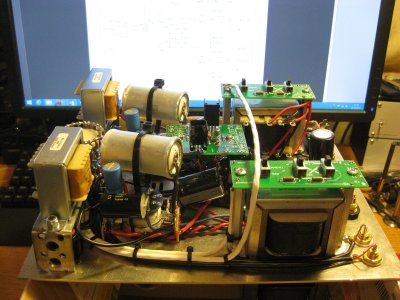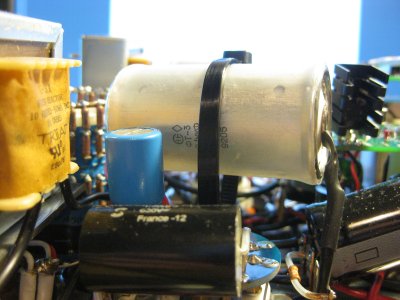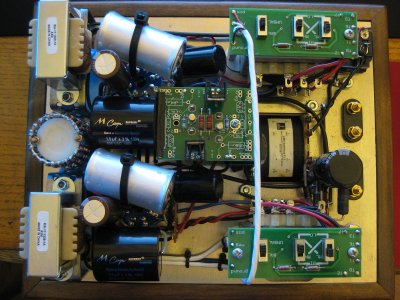mcandmar
New member
najo49 said:I would like to know what 6dn7 tubes u have found to bbe the best sounding.n
The general consensus implys there isn't any difference between them. From the limited selection i have tried i would have to agree, or if there is a difference its very subtle.
Having said that my initial impressions are as follows, RCA, GE, Zenith, National Electric, are almost identical looking inside which imply to me that they are all of the same design/origin. Without the labeling you wouldn't be able to tell the difference. Sylvanias on the other hand are a little different, and the only two i can honestly say sound a little different.
The coin base variety i have are a very similar construction to the above lot, however they have black plates and shiny silver support rods vs copper. There is something about them i just don't like, they sound lean to me or less tubey. I also believe these are the most recent manufacture of the lot. The non coin base are also black plates however they have an unusual looking spacers that set them apart visually from all the other tubes i have seen. These are my favorite for reasons i cant explain, i just keep coming back to them. I also believe these are from a fairly old stock.
Thing is, any difference i hear could just be down to age/use of the tube rather than anything else. To say for sure i would need to try multiple sets. My advice, is find the oldest tubes you can that are quite and leave it at that. I have a collection that just wont stop buzzing no matter how many hours i let them burn in, so if you have a nice quite set there really is nothing to be gained by tube swapping IMO.
For example i'm using a set of National Electronics at the moment that quietened down within a few hours use, and neither of them are micro phonic so it looks like these are the set i'm going to stick with for the foreseeable future.





